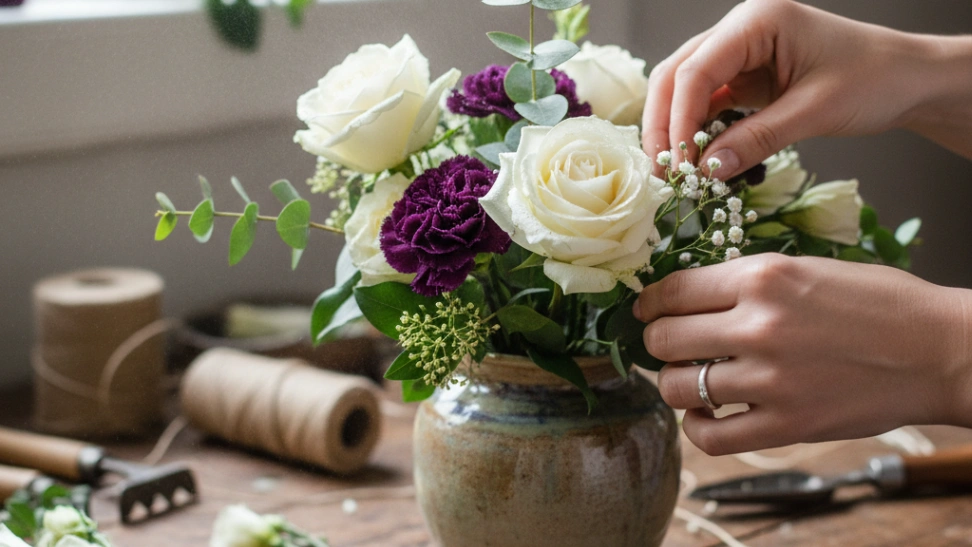Is This Hobby For You?
Ideal for those who appreciate natural beauty, creative expression, and find joy in working with their hands to create stunning displays.
Why You'll Love It
- Enhances home decor and creates a calming atmosphere.
- A relaxing and mindful practice that fosters creativity.
- Develops an appreciation for nature and seasonal blooms.
Good to Know Before You Start
- Flowers are perishable and require regular replacement.
- Can require an ongoing investment in fresh materials.
- Some specialized tools and containers can have an initial cost.
Hobby Traits
How the community rates this hobby.
Getting Started: The Essentials
The basic requirements to begin your journey with Flower Arranging.
Startup Cost
$75
Community-voted average
Ongoing Cost
Low
Monthly upkeep estimate
Essential Gear
Floral Shears/Clippers
Essential for clean cuts on stems, preventing damage and aiding water absorption.
Vases/Containers
A variety of shapes and sizes to hold different arrangements and suit various aesthetics.
Floral Foam (or Kenzan)
Provides structural support for stems, keeping them in place within the container. Consider eco-friendly alternatives like a Kenzan (flower frog).
Fresh Flowers & Foliage
The primary material for arranging; start with a small selection of varied blooms and greens.
Learning Curve
Overall Difficulty: Easy
Associated Skills
Skills you can expect to develop while pursuing this hobby.
A Closer Look at the Traits
Fairly Practical
You learn a useful skill, but the process is also a major part of the enjoyment.
Very Calm
A deeply relaxing and meditative activity with minimal physical effort.
Mostly Indoors
While you could do this outside, it's primarily an indoor activity.
Moderately Mental
Primarily a mental activity, but may have some light physical components.
Purely Creative
A highly creative and expressive outlet for your imagination and artistic side.
Social/Solo Balance
Can be enjoyed alone or with a small group, offering a mix of personal focus and social interaction.
Frequently Asked Questions
Hobby Traits
How the community rates this hobby.



